The Revolutionary Power of Dual Gradient Drilling in Extended Reach Drilling
The oil and gas industry constantly seeks innovative solutions to improve efficiency and safety in extracting hydrocarbons. Extended Reach Drilling (ERD) has significantly advanced the industry’s ability to access reservoirs located far from the drilling site. However, ERD drilling presents unique challenges, particularly in managing wellbore stability, pressure control, and drilling efficiency. Dual Gradient Drilling (DGD) technology has emerged as a powerful solution to address these challenges, enhancing the feasibility and safety of Extended Reach Drilling operations.
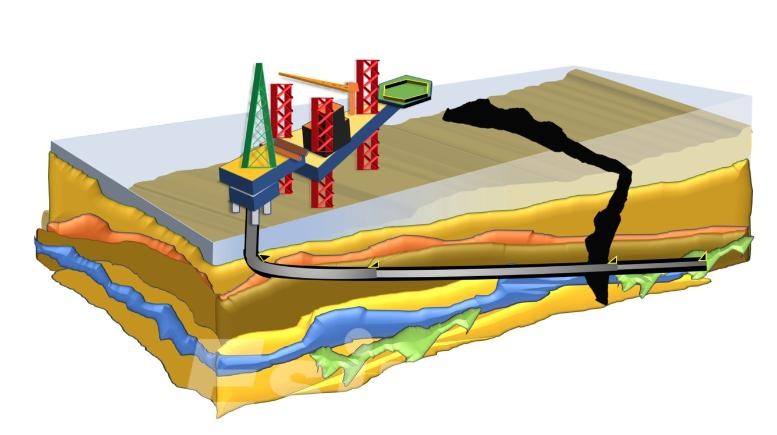
What is Dual Gradient Drilling (DGD)
This chart provides a comprehensive overview of Dual Gradient Drilling, explaining its key components, process, applications, etc.
| Aspect | Description |
| Definition | Dual Gradient Drilling is a drilling technique that uses two separate pressure gradients to manage downhole pressures more effectively than traditional single-gradient drilling. |
| Components | Subsea Pumps: Used to create a separate pressure gradient in the riser. Lightweight Fluids: Injected at the seabed to maintain a lower pressure gradient in the riser. Conventional Drilling Fluid: Maintains a higher pressure gradient in the wellbore. |
| Process | Subsea Pump Deployment: Subsea pumps are placed on the seabed to control the pressure gradient in the riser. Injection of Lightweight Fluids: Lightweight fluids are injected at the seabed to create a lower pressure gradient in the riser. 3. Management of Wellbore Pressure: Conventional drilling fluid is used in the wellbore to maintain a higher pressure gradient, ensuring wellbore stability and efficient drilling. |
| Pressure Gradients | Riser Pressure Gradient: Lower, controlled by subsea pumps and lightweight fluids. Wellbore Pressure Gradient: Higher, controlled by conventional drilling fluid. |
| Applications | Extended Reach Drilling: Enhancing the feasibility and success of ERD drilling projects. Offshore Drilling: Particularly beneficial in challenging offshore environments. |
| Operational Flexibility | Greater adaptability to varying downhole conditions, improving overall drilling performance and safety. |
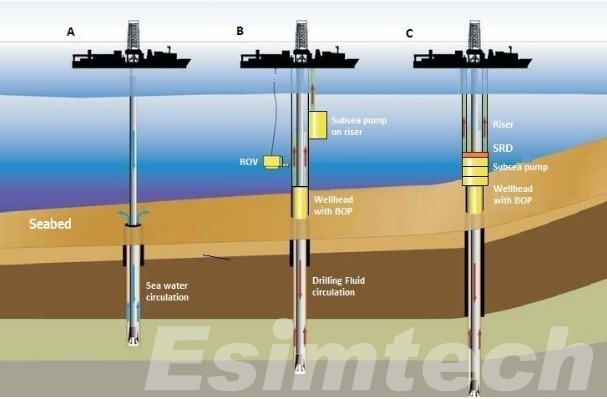
Key Applications of Dual Gradient Drilling in Extended Reach Drilling
1. Enhanced Wellbore Stability
One of the primary applications of Dual Gradient Drilling in ERD drilling is improving wellbore stability. In extended reach wells, the horizontal section can extend several kilometers from the vertical wellbore, leading to significant friction and torque issues. Maintaining wellbore integrity in such scenarios is crucial. Dual Gradient Drilling allows for more precise control of downhole pressures, reducing the risk of formation fractures or collapses. By managing the equivalent circulating density (ECD) more effectively, DGD drilling minimizes wellbore instability and associated NPT, ensuring smoother drilling operations.
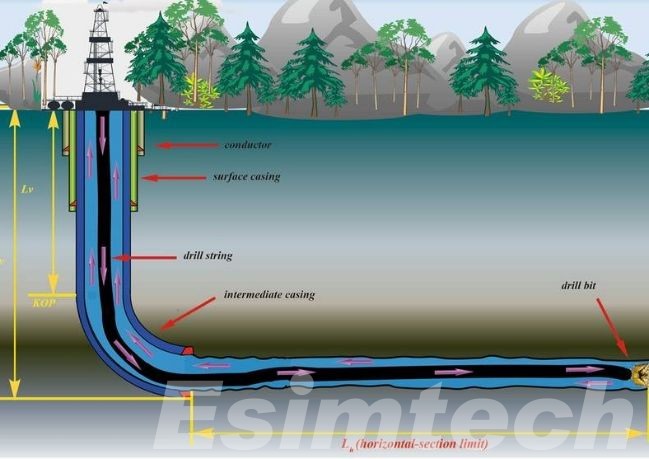
2. Mitigating Narrow Pressure Margins
Extended Reach Drilling often encounters formations with narrow pressure margins between the pore pressure and fracture gradient. Conventional drilling methods can struggle to maintain pressures within this narrow window, leading to lost circulation or formation damage. DGD drilling technology addresses this by providing the flexibility to adjust the pressure gradient in the riser independently of the wellbore. This capability allows for safer navigation through narrow pressure windows, reducing the risk of formation damage and improving overall wellbore integrity.
3. Reducing Non-Productive Time (NPT)
Non-productive time is a significant cost driver in drilling operations. Issues such as wellbore instability, lost circulation, and stuck pipe incidents can lead to substantial delays and increased costs. By providing better control over downhole pressures, DGD drilling reduces the occurrence of such issues. This translates to fewer interruptions, more consistent drilling progress, and ultimately, reduced NPT. For ERD drilling projects, where well costs are already high due to the complexity and length of the wells, minimizing NPT is crucial for economic viability.
4. Extending Reach and Depth
Dual Gradient Drilling technology directly contributes to the ability to drill longer and deeper wells. By managing pressure profiles more effectively, DGD drilling allows operators to extend the reach of their wells without compromising safety or wellbore integrity. This is particularly beneficial in offshore environments where the distance to target reservoirs can be substantial. The ability to drill further and deeper opens up new opportunities for resource extraction, enhancing the potential returns on investment for Extended Reach Drilling projects.
5. Improved Mud Weight Management
Managing the weight of drilling mud is critical in Extended Reach Drilling to ensure that the wellbore pressure remains within safe limits. Dual Gradient Drilling facilitates better mud weight management by allowing operators to use lighter drilling fluids in the riser while maintaining appropriate downhole pressures. This dual gradient approach reduces the risk of kick or blowout scenarios, enhancing operational safety. Additionally, it enables the use of less dense drilling fluids, which can reduce costs and environmental impact.
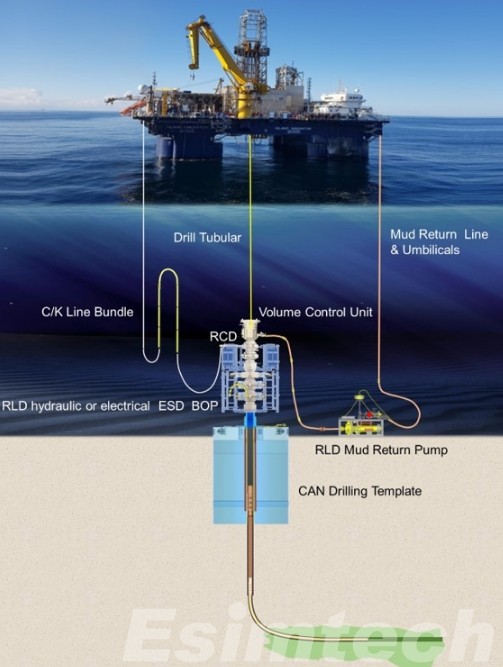
Key Simulation Technology Used for Dual Gradient Drilling Applied in Extended Reach Drilling
Simulation technology plays a crucial role in planning and executing Dual Gradient Drilling in Extended Reach Drilling.
1. Pressure Management Simulation
Objective: To ensure precise control of the bottom-hole pressure throughout the drilling operation.
Methods
- Hydraulic modeling to simulate fluid dynamics within the wellbore.
- Real-time monitoring and adjustment of drilling fluid densities.
- Predictive modeling to anticipate and mitigate pressure-related issues such as kicks or lost circulation.
2. Torque and Drag Analysis
Objective: To minimize the mechanical stresses on the drill string and to optimize the weight on bit.
Methods
- Finite element analysis (FEA) to model the mechanical behavior of the drill string.
- Simulation of different drilling scenarios to identify the optimal drilling parameters.
- Use of friction models to estimate and manage torque and drag forces.
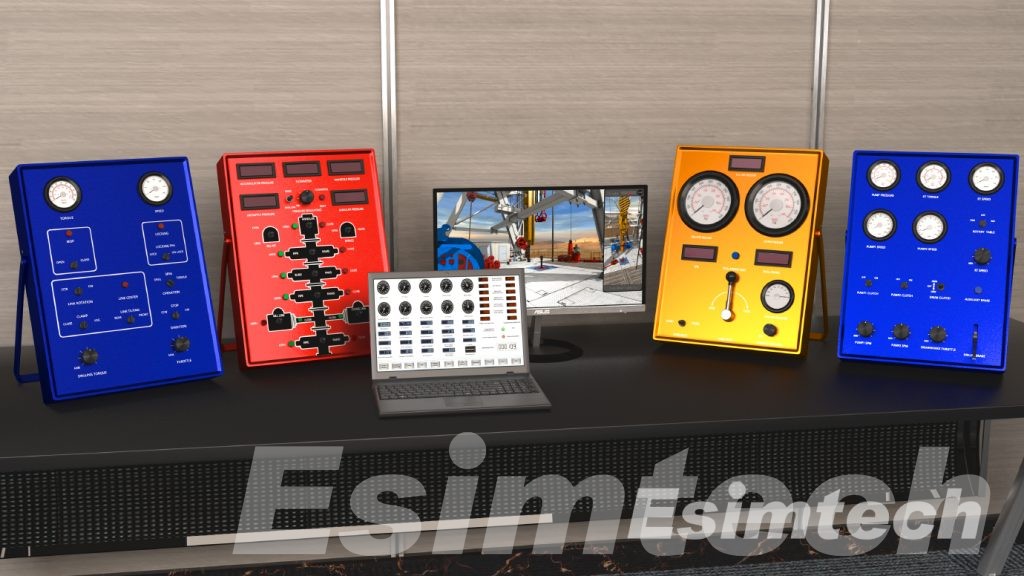
3. Wellbore Stability Modeling
Objective: To maintain wellbore integrity and prevent collapse or excessive deformation.
Methods
- Geomechanical modeling to understand the stresses around the wellbore.
- Analysis of rock properties and pore pressure profiles.
- Simulation of drilling fluid interactions with the formation.
4. Cuttings Transport Simulation
Objective: To ensure efficient removal of drilled cuttings from the wellbore.
Methods
- Computational Fluid Dynamics (CFD) to model cuttings transport dynamics.
- Optimization of drilling fluid properties (e.g., viscosity, flow rate).
- Simulation of different hole cleaning strategies and their effectiveness.
5. Kick Detection and Control
Objective: To detect and control wellbore influxes (kicks) promptly.
Methods
- Real-time monitoring systems integrated with predictive modeling.
- Simulation of various kick scenarios to develop response strategies.
- Use of Managed Pressure Drilling (MPD) techniques in conjunction with Dual Gradient Drilling.
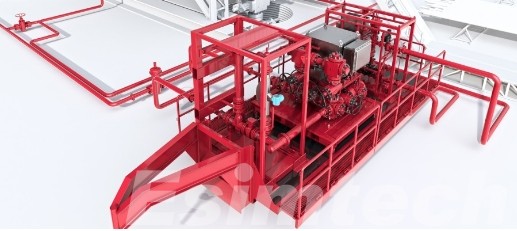
5. Integrated Drilling Simulation Platforms
Objective: To provide a comprehensive tool for planning and real-time decision-making.
Methods
- Integration of various drilling simulation modules (e.g., hydraulic, mechanical, geomechanical) into a single platform.
- Use of digital twins to create a virtual replica of the drilling operation.
- Real-time data integration and visualization to support dynamic decision-making.
Conclusion
Dual Gradient Drilling technology is a transformative advancement for Extended Reach Drilling operations. As the oil and gas industry continues to push the boundaries of drilling technology, the integration of Dual Gradient Drilling in ERD drilling projects will play a crucial role in unlocking new resources, improving operational efficiency, and ensuring the safety and sustainability of drilling operations. Simulation technology used for Dual Gradient Drilling in Extended Reach Drilling, helps in predicting and optimizing various drilling parameters, thus enhancing safety, efficiency, and cost-effectiveness.
